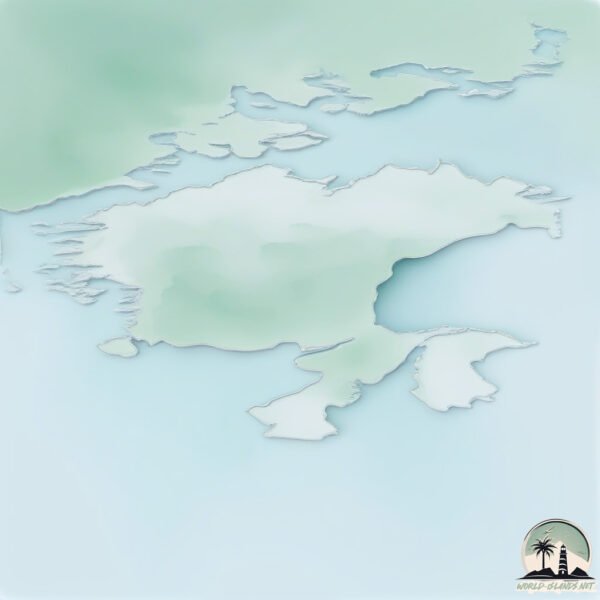Isle Madame is a Large Island spanning 125 km² with a coastline of 152 km.
Topography and nature of Isle Madame
Timezone: UTC-04:00Timezone places: America/La_PazMax. Elevation: 45 m Mean Elevation: 18 mVegetation: Mixed ForestTree Coverage: 87%
The mean elevation is 18 m. The highest elevation on the island reaches approximately 45 meters above sea level. The island is characterized by Plains: Flat, low-lying lands characterized by a maximum elevation of up to 200 meters. On islands, plains are typically coastal lowlands or central flat areas.
Dominating Vegetation: Mixed Forest
Vegetation: 9 vegetation zones – Very Highly Diverse Island
Infrastructure and Travelling to Isle Madame
Does the island have a public airport? no .
Does the island have a major port? no .
The mean population of Isle Madame is 23 per km². Isle Madame is Gently Populated. The island belongs to Canada .
The name of the island resonates across different cultures and languages. Here is how it is known around the world: Arabic: جزيرة كيب بريتون; German: Kap-Breton-Insel; Spanish: Isla del Cabo Bretón; French: île du Cap-Breton; Portuguese: Ilha Cape Breton; Russian: Кейп-Бретон; Chinese: 布雷顿角岛
Continuing your journey, Janvrin Island is the next notable island, situated merely km away.
Visit Isle Madame, Nova Scotia
Charming parks, picturesque lighthouses, biking, and kayaking are just some of the things to do on your East Coast vacation in ...
Visit Isle Madame, Nova Scotia
Charming parks, picturesque lighthouses, biking, and kayaking are just ...
Charming parks, picturesque lighthouses, biking, and kayaking are just some of the things to do on your East Coast vacation in ...
This Place Would Remind You Of A Tropical Island Paradise And It's Called Isle Madame
We have been wanting to drive to Isle Madame since last summer and ...
We have been wanting to drive to Isle Madame since last summer and this year we finally took the drive and believe me it was ...
The Isle Madame Experience part 1
Filmed in 1998, and hosted by Jake Boudreau...this is a look into the ...
Filmed in 1998, and hosted by Jake Boudreau...this is a look into the past and how the resilience of the people lead the way to ...
Canada is classified as Developed region: G7: Group of Seven – Major advanced economies, including Canada, France, Germany, Italy, Japan, the United Kingdom, and the United States. The level of income is High income: OECD.
News – Latest Updates and Headlines from Isle Madame
Stay informed with the most recent news and important headlines from Isle Madame. Here’s a roundup of the latest developments.
Loading...
Please note: The data used here has been primarily extracted from satellite readings. Deviations from exact values may occur, particularly regarding the height of elevations and population density. Land area and coastline measurements refer to average values at mean high tide.

